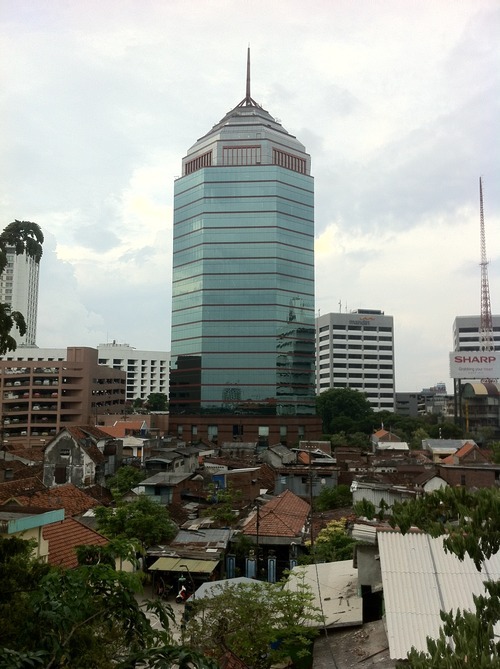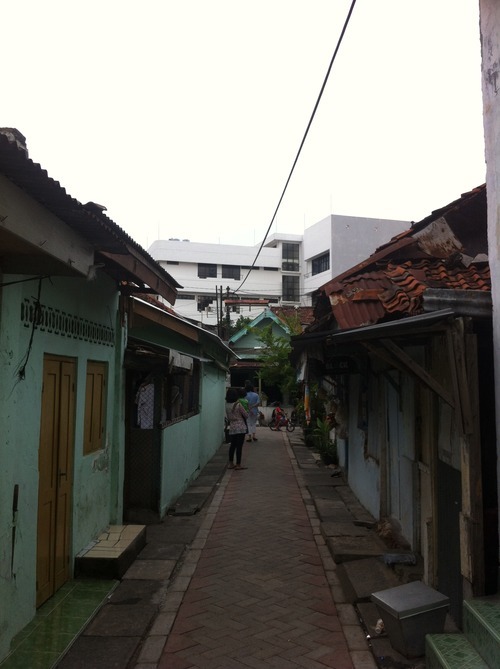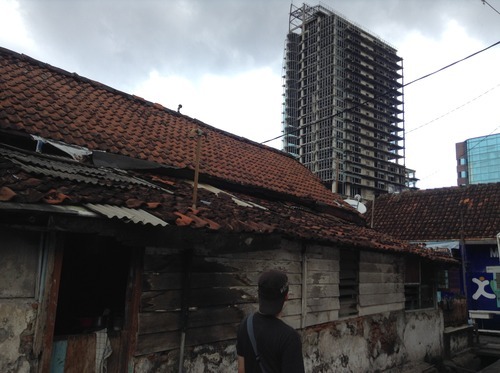How Economic Disparity Changes the Urban Landscape

In many regions, urban areas serve as containers for a highly diverse types of inhabitants. Mainly because it attracts trans-regional migrants who brought over various social background and traditions. However, these heterogeneity is less likely to be seen in the economical aspect of urban populace.
During recent years, we have been witnessing a gradual magnification of economic disparity. This phenomenon emphasises only the two ends of economic class; poor and rich. While the middle class communities are decreasing significantly. Although happening globally, the effect of this phenomenon is felt mostly in the urban community.
Severe financial contrast in a densely populated areas can potentially turn into various urban crises. One of the observable symptom is the rapid change of urban landscape. Where many of the pre-existing urban settlements and public spaces have been effortlessly replaced by profit-oriented facilities.

Hotels, elite apartments and commercial centres have been emerging steadily and almost constantly during past couple of decades. These for-profit facilities are less preferred by the locals mostly due to their financial insufficiency. Resulting in the increasing number of empty housing and elite apartments — that serves for investment purposes — in the city centres.
This phenomenon triggers the necessity for permanent urban settlers to relocate to suburbia. But on the other hand, groups of migrant workers from rural areas demand an affordable rent which is only available in the community built urban settlements.
Therefore, the decrease in size of urban kampung is inevitable. And the state of temporary stay of the migrant worker would render the kampungs more vulnerable to foreign acquisition. Because the short term occupancy can potentially weaken the social integration and environment belongingness of each inhabitants.
If not mediated carefully, kampung will eventually shrink and evolve into a slum, or in the worst scenario, cease to exist. And the loss of community-developed manifestations such as kampung, can only aggravates the extinction of various cultures, traditions, and indigenous sovereignty that represents the uniqueness of different parts of the world.
